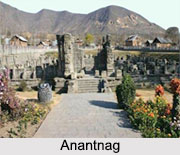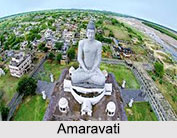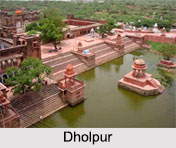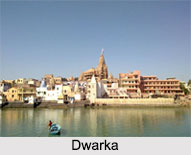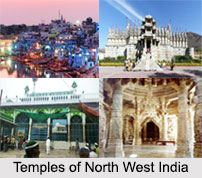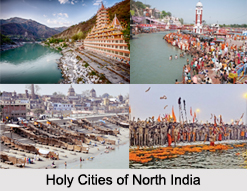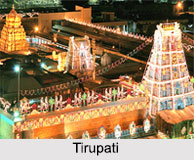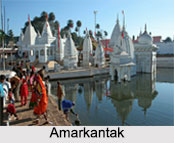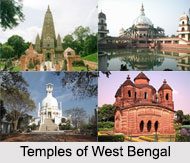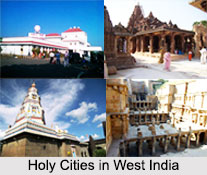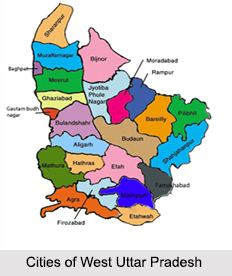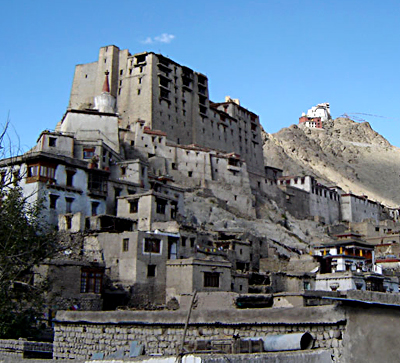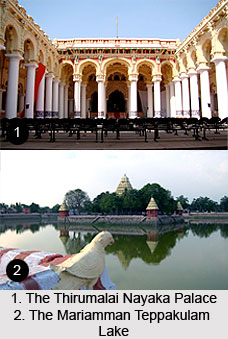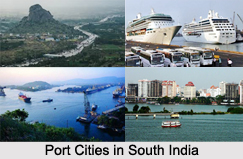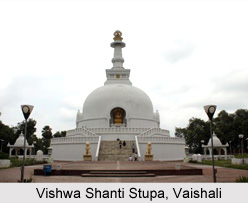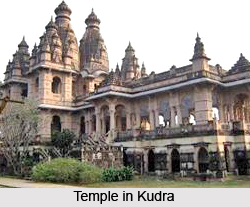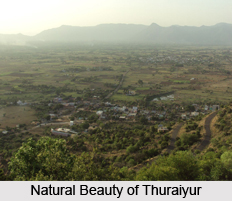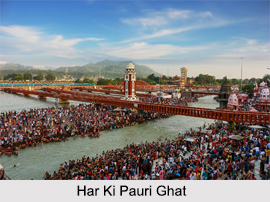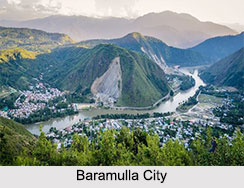 Baramulla is a city and a municipality in the Baramulla district in the Indian state of Jammu and Kashmir.
Baramulla is a city and a municipality in the Baramulla district in the Indian state of Jammu and Kashmir.
Location of Baramulla
Baramulla is located on the banks of the Jhelum River downstream from Srinagar, the state capital. The city was earlier known as Varahamula which is Sanskrit for "boar`s molar".
Naming of Baramulla
The name Baramulla is derived from the Sanskrit Varahamula, a combination of Varaha (boar) and Mul (root or deep) meaning "boar`s molar."
History of Baramulla
According to Hindu teachings, the Kashmir Valley in Jammu and Kashmir was once a lake known as Satisaras (Parvati`s Lake in Sanskrit language). Ancient Hindu texts relate that the lake was occupied by the demon Jalodbhava (meaning "originated from water") until Lord Vishnu assumed the form of a boar and struck the mountain at Varahamula. This created an opening for the water to flow out of the lake. The modern Baramulla was called Varahamulaksetra or Varahaksetra in the ancient days. Originally, it was a suburb of Huviskapura (modern Ushkur). Associated with the Adivaraha, the boar incarnation of Visnu was considered very sacred. Consequently many temples and monasteries had been built in the 9th and 10th centuries, during the region of Lalitaditya Muktapida, (Queen) Sugandha and Ksemagupta, when the cult of Lord Vishnu flourished there.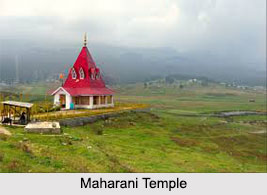
Geography of Baramulla
Baramulla is on the Jhelum River, at its highest point. The old town is on the north bank of the river, and the new town is on the south bank. They are connected by five bridges, including a suspension bridge connecting Gulnar Park and Dewan Bagh. Five more bridges are being built or are planned. A bridge will connect the Khanpora and Drangbal areas of the city.
Demography of Baramulla
The old town Baramulla is densely populated and smaller than the new town. Government offices, hospitals, the bus station and most other facilities are in the new town. According to the 2011 census, the city`s population was 167,986, behind Srinagar, Jammu and Anantnag. Baramulla has an average of 66.93 percent literacy rate (61 percent for males and 49 percent for females) higher than the national average. Eleven percent of the population was under age six.
Related Articles
Culture of Jammu and Kashmir
Jammu and Kashmir, Indian State
Costumes of Jammu and Kashmir
Early History of Kashmir Valley
Districts of Jammu and Kashmir
Culture of Jammu and Kashmir
Tourism In Jammu And Kashmir
Kashmir, India
